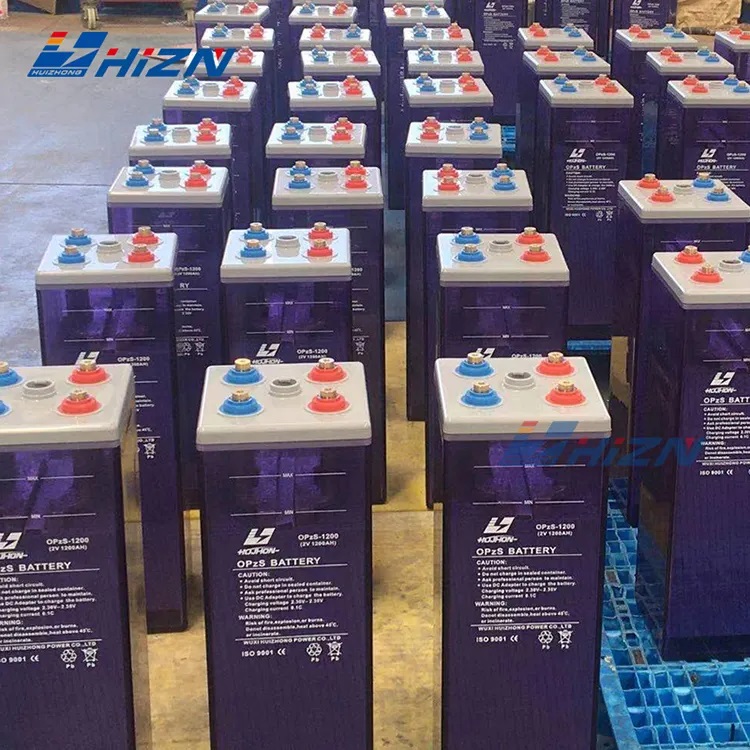The OPzS (Ortsfest verschlossene Batterie, meaning “stationary sealed battery” in German) battery is a type of lead-acid battery commonly used in stationary applications such as telecommunications, power plants, and backup power systems. Its internal structure consists of several key components.
- Positive Plates: Made of lead dioxide (PbO2), the positive plates are where the chemical reaction occurs during battery discharge. These plates are typically coated with a paste to increase their surface area and improve the battery’s performance.
- Negative Plates: Made of sponge lead (Pb), the negative plates also play a crucial role in the battery’s chemical reactions. Like the positive plates, they are often coated to increase surface area.
- Separator: The separator is a porous material placed between the positive and negative plates to prevent short circuits while allowing the flow of electrolyte ions.
- Electrolyte: The electrolyte in an OPzS battery is usually a dilute solution of sulfuric acid (H2SO4), which facilitates the flow of ions between the positive and negative plates during charging and discharging.
- Container: The container holds all the internal components of the battery and is typically made of durable plastic or other materials resistant to corrosion and leakage.
- Terminal: The terminal provides a connection point for external electrical circuits, allowing the battery to deliver power to devices or receive charging current.
- Vent Caps: These caps allow for the release of gases produced during battery operation while preventing electrolyte leakage.
- Terminal Posts: These are usually made of lead and serve as the connection points for external wiring to connect the battery to electrical systems.
The specific construction and arrangement of these components may vary slightly between different manufacturers and models of OPzS batteries, but the fundamental principles remain the same.


